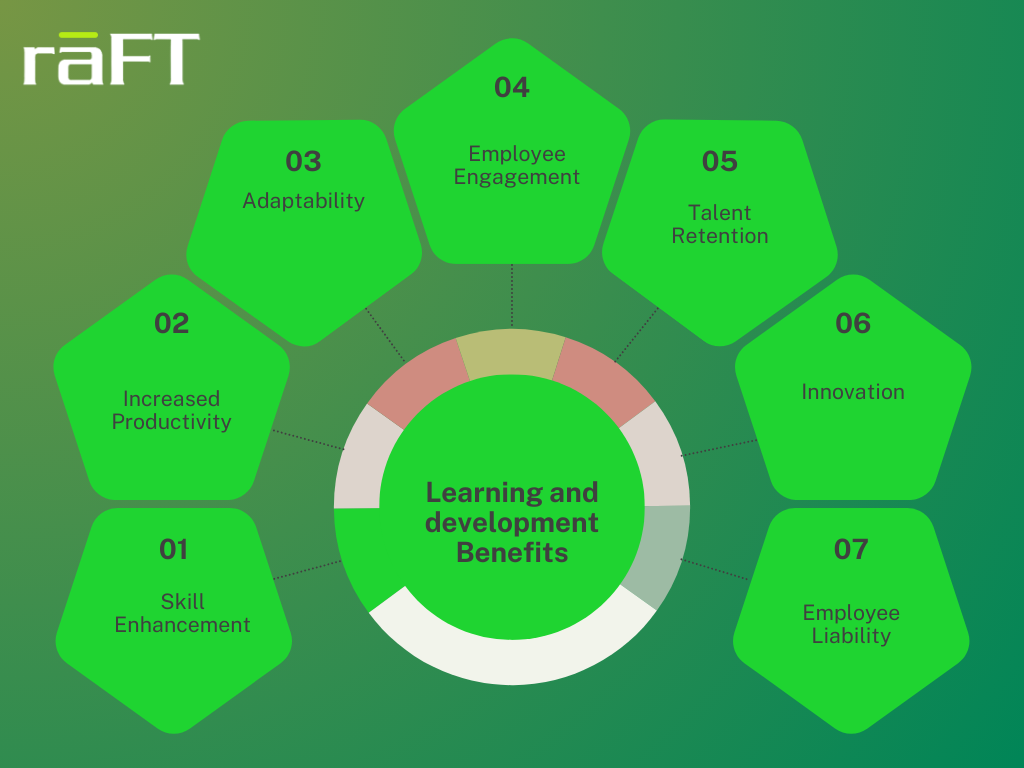
- Skill Enhancement: Learning and development programs help individuals acquire new skills and improve existing ones. This continuous skill enhancement is crucial in a rapidly evolving job market.
- Increased Productivity: Employees who undergo regular training tend to be more productive. They are better equipped to handle their responsibilities and contribute more effectively to the organization.
- Adaptability to Change: L&D initiatives foster adaptability by preparing individuals to embrace and navigate changes. This is particularly important in industries and sectors that are prone to rapid technological advancements.
- Employee Engagement: Investing in the development of employees demonstrates a commitment to their professional growth. This, in turn, can boost employee morale, job satisfaction, and overall engagement.
- Talent Retention: Companies that prioritize learning and development are more likely to retain top talent. Employees appreciate employers who invest in their career development, and this can reduce turnover rates.
- Innovation: Continuous learning encourages a culture of innovation. Employees exposed to new ideas and knowledge are more likely to contribute creative solutions to challenges faced by the organization.
- Competitive Advantage: Organizations with a well-trained and skilled workforce gain a competitive edge. The ability to adapt, innovate, and stay ahead of industry trends is often linked to the effectiveness of learning and development initiatives.
- Employee Loyalty: Employees who feel that their organization is invested in their growth and development are more likely to be loyal to the company. This loyalty can lead to long-term relationships and a positive workplace culture.
- Cost Savings: While there is an initial investment in implementing learning and development programs, the long-term benefits can outweigh the costs. Skilled employees are more efficient, reducing the need for constant supervision and correction.
- Enhanced Leadership Development: L&D programs often include leadership development initiatives, which contribute to a pipeline of capable leaders within the organization. This is vital for succession planning and continuity.
- Meeting Regulatory Requirements: In certain industries, compliance with regulations and standards is crucial. Learning and development programs can ensure that employees are well-versed in these requirements, reducing the risk of legal issues.
- Social Impact: Beyond individual and organizational benefits, a society with a well-educated and skilled workforce is likely to experience broader economic growth and social development.


